OEM Manufacturer Hatching Chicken Eggs Machine - Popular draw Eggs Incubator HHD E series 46-322 Eggs For home and farm – Edward
OEM Manufacturer Hatching Chicken Eggs Machine - Popular draw Eggs Incubator HHD E series 46-322 Eggs For home and farm – Edward Detail:
Features
1.[Free addition and deduction] 1-7 layers are available
2.[Roller egg tray] Suits chick,duck,goose,quail etc
3.[Transparent drawer type] Directly observe the whole process of hatching of chicks
4.[Auto egg turning] Automatically turn eggs every two hours, each time lasts 15 seconds
5.[Silicon heating wire] Innovative silicon heating wire humidification device realized stable humidity
6.[External water adding design] No need to open the top cover and move the machine, more convenient to operate
7.[Equipped 4pcs high quality fans] Make the temperature and humidity in the machine more stable and improve the hatching rate
Application
Adjustable capacity,suitable for family incubation, personal hobbies, scientific teaching and research, small farm incubation, zoo incubation.

Products parameters
| Brand | HHD |
| Origin | China |
| Model | E series incubator |
| Color | Grey+Orange+White+Yellow |
| Material | PET&HIPS |
| Voltage | 220V/110V |
| Power | <240W |
|
Model |
Layer |
Packing size(CM) |
G.W.(KGS) |
|
R46 |
1 |
53*55.5*28 |
6.09 |
|
E46 |
1 |
53*55.5*28 |
6.09 |
|
E92 |
2 |
53*55.5*37.5 |
7.89 |
|
E138 |
3 |
53*55.5*47.5 |
10.27 |
|
E184 |
4 |
53*55.5*56.5 |
12.47 |
|
E230 |
5 |
53*55.5*66.5 |
14.42 |
|
E276 |
6 |
53*55.5*76 |
16.33 |
|
E322 |
7 |
53*55.5*85.5 |
18.27 |
More details

1-7 layers E series economic eggs incubator,support apacity from 46-322 eggs. Free addition and subtraction layers design to make your business and hatching easy.

Multifunctional design but very simple operation,friendly for new beginner.

New PP material, environmentally friendly and more durable.

Four air duct circulation system, precise temperature control without dead angle.

Visual drawer design, easy to clean and easy to observe the whole process of hatching.

Control panel displayed temperature/humidity/incubation days/egg turn countdown, easy to operate.

Freedom to choose the capacity you want, suitable for both home and farm.
Hatch Problem
1. How must I store eggs?
Your eggs need to settle for at least 24 hours if they came through the post. This allows the air cell inside the egg to return to its normal size. Eggs should always be stored with the pointy end down while they are “in the hold”. It’s a good practice to follow and it will help your hatch!
If you receive eggs that are getting old, you may only let them settle overnight.
2. When is my incubator ready to start incubating?
By the time you have gotten your eggs your incubator should have been running at least 24 hours. A week is even better. This gives you time to learn what’s going to happen in your incubator and allows you to make any necessary adjustments before setting your eggs. A surefire way to ruin hatching eggs is to put them in the incubator without having it properly adjusted.
Take note of the term “internal” temperature. Don’t confuse internal egg temperature with internal incubator temperature. The temperature in an incubator changes constantly, rising and lowering. The temperature inside the egg will be an average of this temperature swing in your incubator.
3. What must the temperature and humidity be inside my incubator?
This is plain and simple, yet the MOST important part of hatching.
Fan Forced incubator: 37.5 degrees C measured anywhere in the incubator.
Humidity: 55% for the first 18 days, 60-65% for the last 3 days in the hatcher.
4. Is my thermometer accurate?
Thermometers go bad. Keeping the temperature accurate can be a struggle, even with very good thermometers. A nice part about running a big incubator over an extended period is that you can tweak the temperature regardless of what thermometers tell you.
After the first hatch, you can raise or lower the temperature by what the hatch tells you. If they hatched early the temperature needs to be lowered. If they hatch late the temperature needs to be raised.
You can check your Thermometer this way. Keep notes on everything you do during the incubation period. As you learn you’ll have these notes to look back on. They will be the most valuable tool that you can have. It won’t be long until you can say “I know what happened, all I need to do is change this one little thing”. Soon you will be able to make adjustments by knowing what to do, instead of guessing!!!
5. How do I check humidity?
Humidity is checked by way of a hygrometer (wet-bulb thermometer) in conjunction with a regular “dry-bulb” thermometer. A hygrometer is simply a thermometer with a piece of wick attached to the bulb. The wick hangs in water to keep the bulb wet (hence the name “wet-bulb thermometer”). When you read the temperature on the thermometer and hygrometer, you must then compare the readings to a chart to translate from wet-bulb/dry-bulb reading to “percentage humidity”.
From the relative humidity table, you can see…..
60% humidity reads about 30.5 degrees C on a wet-bulb at 37.5degrees C.
60% humidity reads about 31.6degrees C on a wet-bulb at 38.6degrees C.
80% humidity reads about 33.8degrees C on a wet-bulb at 37.5degrees C.
80% humidity reads about 35degrees C on a wet-bulb at 38.6degrees C.
Getting your humidity to become as accurate as your temperature is nearly impossible. It is almost completely impossible with a small incubator. Try to get your humidity as close as you can, and you’ll be fine. Just being aware that humidity is important, and trying to get the numbers to come in close will be a huge help to your hatch.
If you can hold within 10-15% things should turn out fine.
Temperature on the other hand, is CRITICAL!!!!! We hate to beat this point to death, but a small deviation in temperature (even a couple degrees) can and will ruin a hatch. Or, at least turn a potentially great hatch into a lousy one.
6. An important point about incubator humidity
As seasons change, so goes humidity. When you are incubating eggs in January and February it will be very difficult to maintain a humidity that is as high as you like. That’s because the outside humidity is so low. (Depending on where you live). By the same token, when you are incubating in June and July the outside humidity is usually much greater and the humidity in your incubator will most likely get much higher than you would like. Hatching problems will change as the season progresses. If you are doing things the same way in July as you were in January, you have to expect different results. All we are trying to say here is that your incubator humidity changes directly according to the outside humidity. Low outside, low in the incubator. High outside, high in the incubator. To adjust for these problems, you need to change the surface area of water in your incubator.
7. What is surface area?
Surface area is “the amount of surface of water exposed to air in your incubator”. The depth of water has absolutely no bearing on the humidity in the incubator (unless the depth is zero). If the humidity is too low in your incubator, add surface area. Place another pan of water in the incubator, or some small, wet sponges. This will help. Alternatively you can spray the eggs with a fine mist. To decrease the humidity, remove surface area. Use smaller containers of water, or undo some of the things you’ve added.
8. How long will it take to incubate chicken eggs?
The incubation period for chicken eggs is 21 days. You should turn your eggs at least three times a day for the first 18 days, and stop turning after the 18th day (or use a hatcher if you have eggs from different days in the same machine). This allows the chick time to orient itself inside the egg before piping.
After day 18, KEEP THE INCUBATOR CLOSED except to add water. This will help bring the humidity up to help the chicks hatch. I know it will kill you not to open the incubator 1000 times when it’s this close to hatch time, but it’s not good for the chicks. If you haven’t bought an incubator yet, invest the extra couple bucks in the picture window model. Then you can “see it all” without causing harm to your hatch.
Product detail pictures:

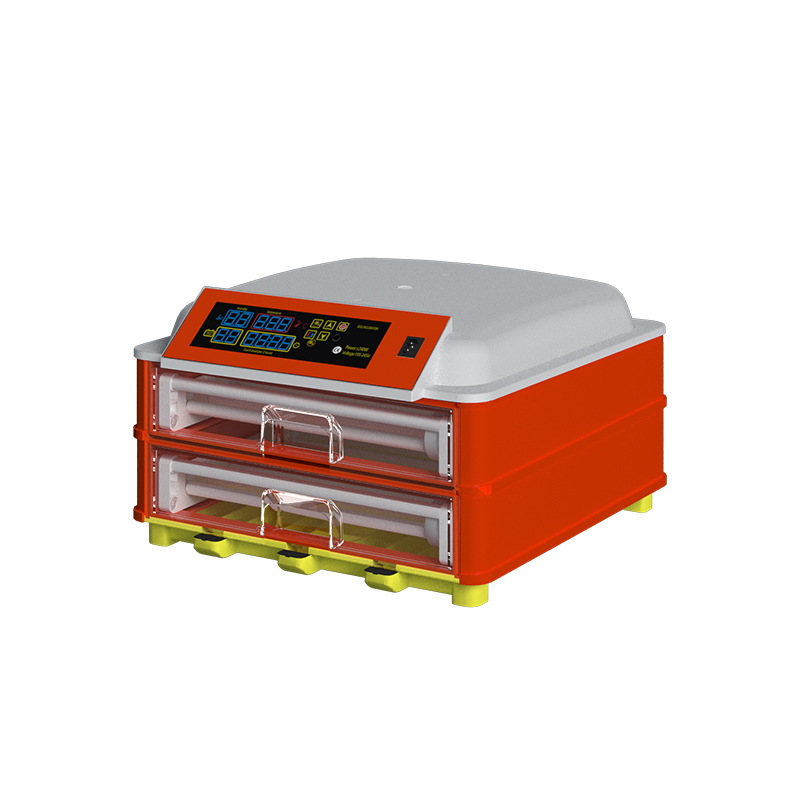
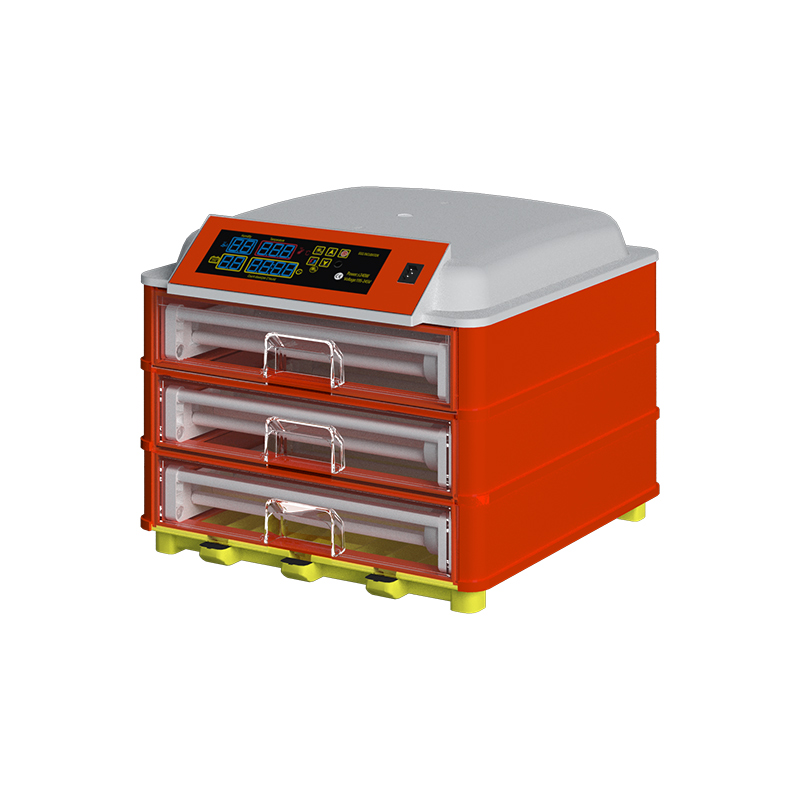
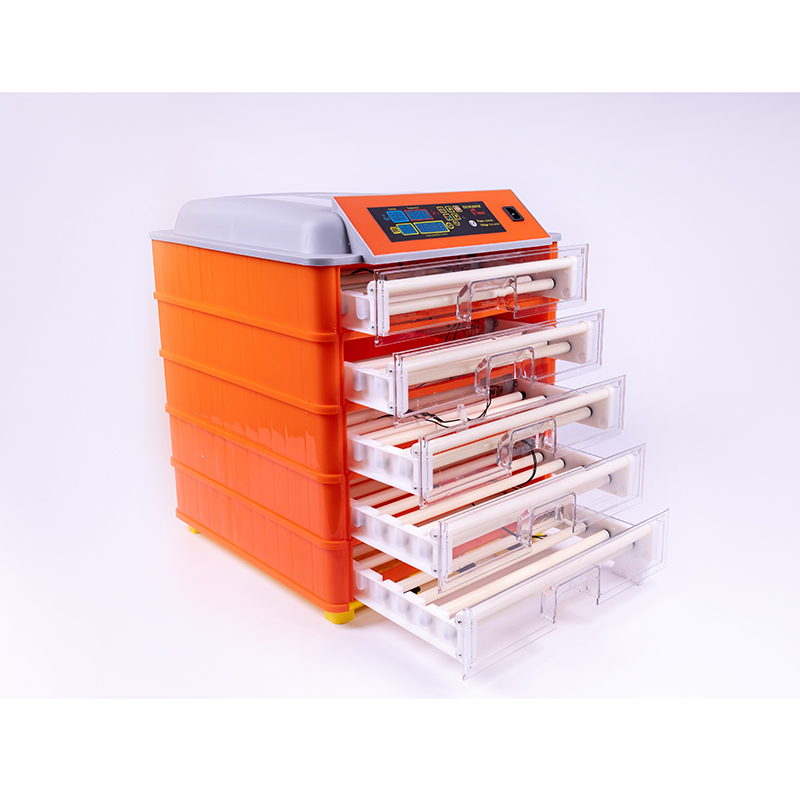
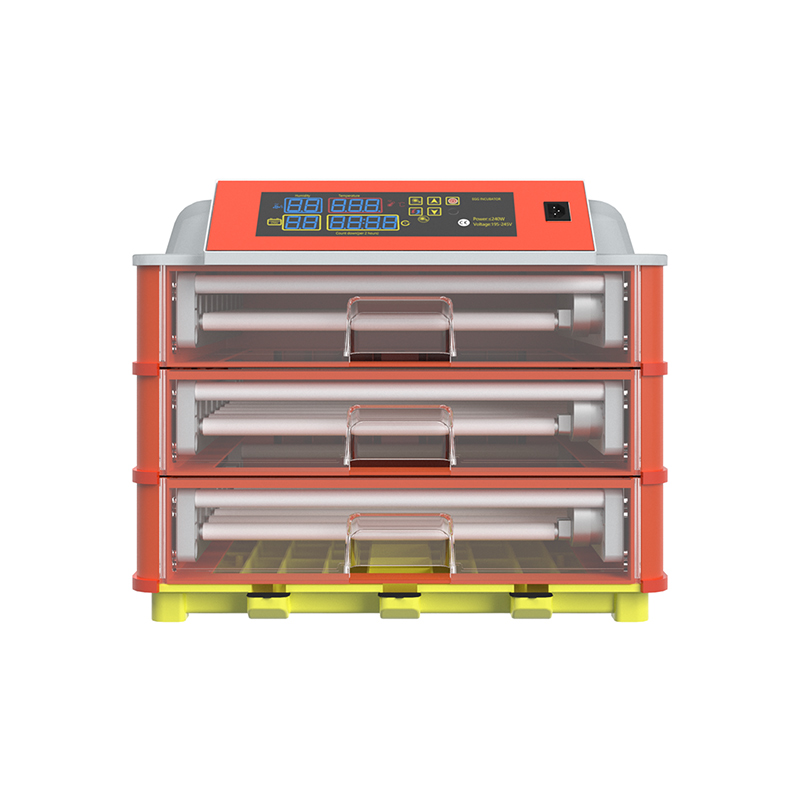
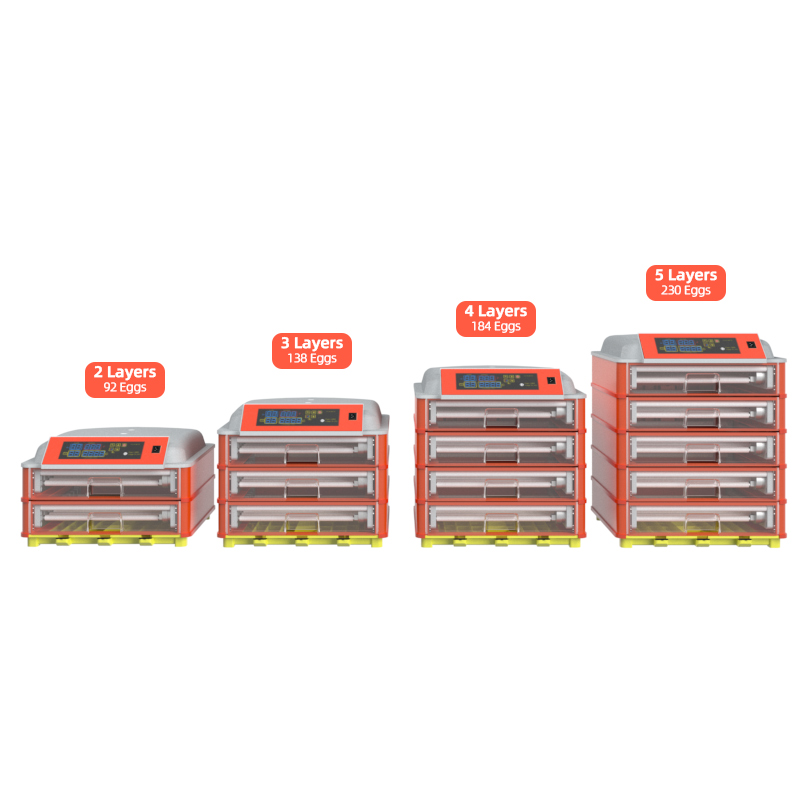
Related Product Guide:
Along with the "Client-Oriented" small business philosophy, a rigorous high-quality handle system, highly developed producing machines and a powerful R&D group, we always supply high-quality products and solutions, fantastic services and aggressive costs for OEM Manufacturer Hatching Chicken Eggs Machine - Popular draw Eggs Incubator HHD E series 46-322 Eggs For home and farm – Edward , The product will supply to all over the world, such as: Los Angeles, Mauritius, Bangladesh, Due to our good goods and services, we've received good reputation and credibility from local and international customers. If you will need more information and are interested in any of our solutions, be sure to feel free to contact us. We look forward to becoming your supplier in the near future.
Products and services are very good, our leader is very satisfied with this procurement, it is better than we expected,







